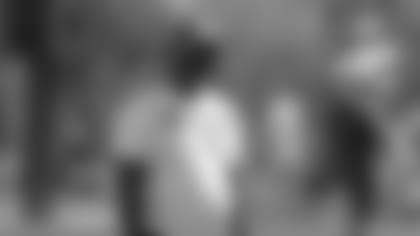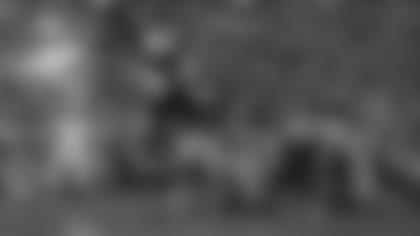Today, Aug. 11, is the Green Bay Packers 96th birthday.
We know it's a special day thanks to one sentence that appeared in the Aug. 13, 1919, edition of the Green Bay Press-Gazette under the headline: "Indian Packing Plant Squad To Represent City."
The story was seven paragraphs long and revealed the Indian Packing Co. would sponsor a semipro football team that fall, games would be played in a roped-off area at Hagemeister Park, uniforms would be secured for 18 to 20 players, practices would be held three times a week and negotiations were being conducted with other teams in an attempt to complete a schedule. The story also listed 38 names "slated as candidates" for the team and requested their attendance at a second meeting to be held on Aug. 14.
Clearly, much had been accomplished either before the meeting or within 48 hours after it, but details about the meeting itself were limited to the following sentence.
"The first meeting of the Indians was held on Monday evening in The Press-Gazette editorial rooms and another important conference is scheduled for Thursday."
There was no byline over the story and no mention of who called the meeting; when the agreements with Indian Packing and the Hagemeister Realty Co., which owned the park, were reached; and whether any of the 38 candidates had attended.
Even though the Press-Gazette's George Whitney Calhoun was considered a cofounder of the Packers, it also would be nearly 30 years before the paper offered any substantive details about the meeting or events that might have preceded it.
The Press-Gazette published its first history of the team in 1922 and another in 1928. While there were no bylines on the stories, Calhoun might have written both. In 1934, Calhoun actually identified himself as the author of the most in-depth history of the Packers published up to that point. He also wrote a three-part series about the team's history for the 1946 Packers' game programs.
Not once in any of those stories did Calhoun –if he was the sole author – ever mention any specifics about the first meeting.
Some might argue that was because the Packers were founded in 1918, not 1919, as was noted in their own press books in the early 1930s and as Larry Names concluded in the first part of his series of books titled, "The History of the Green Bay Packers."
But the Press-Gazette drew a distinction between the 1918 Green Bay city team and the 1919 Packers in its 1922 history piece and again in 1928; and Calhoun never mentioned the 1918 team in his 1934 history.
Long after that first meeting had undoubtedly become a faded memory for whomever was there, stories of the Packers' birth were concocted not in quest of the truth, or so it seemed, but to fit the tidy scripts of particular writers, as Names also pointed out. And as the decades have passed, other fictional twists have been added.
Aug. 11, 2015 is the Green Bay Packers 96th birthday. View a selection of team photos through the years.



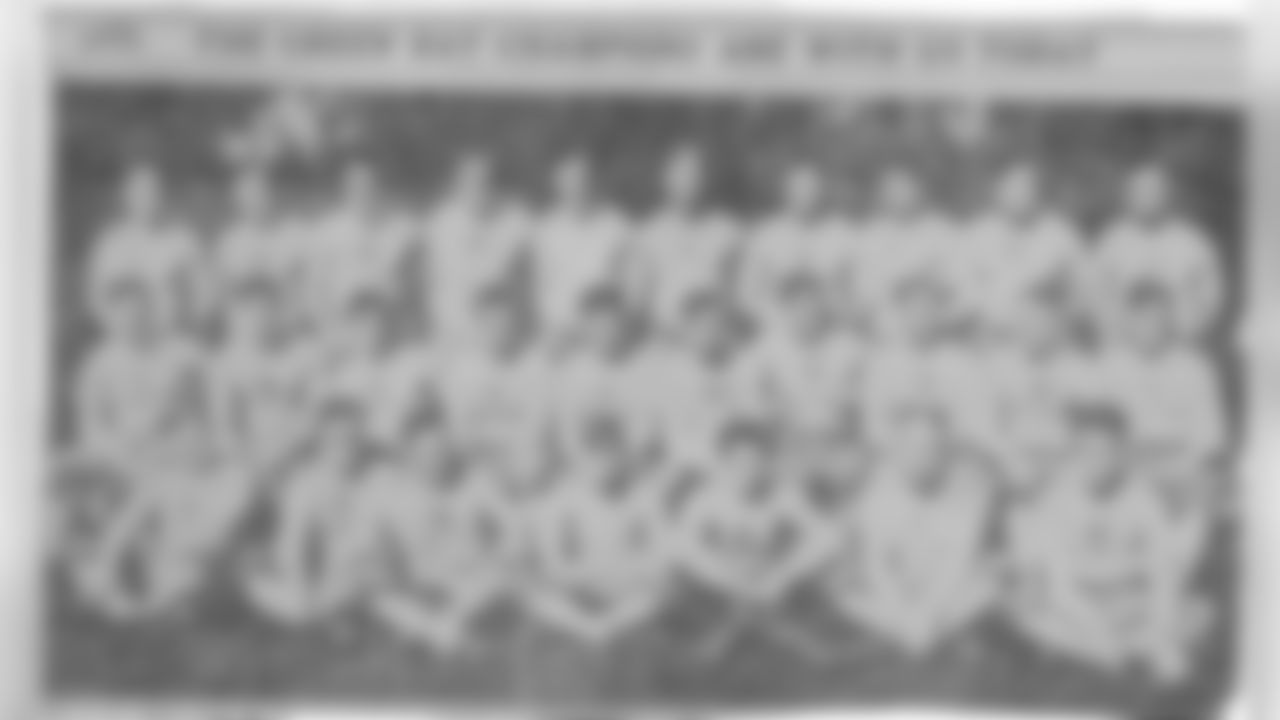









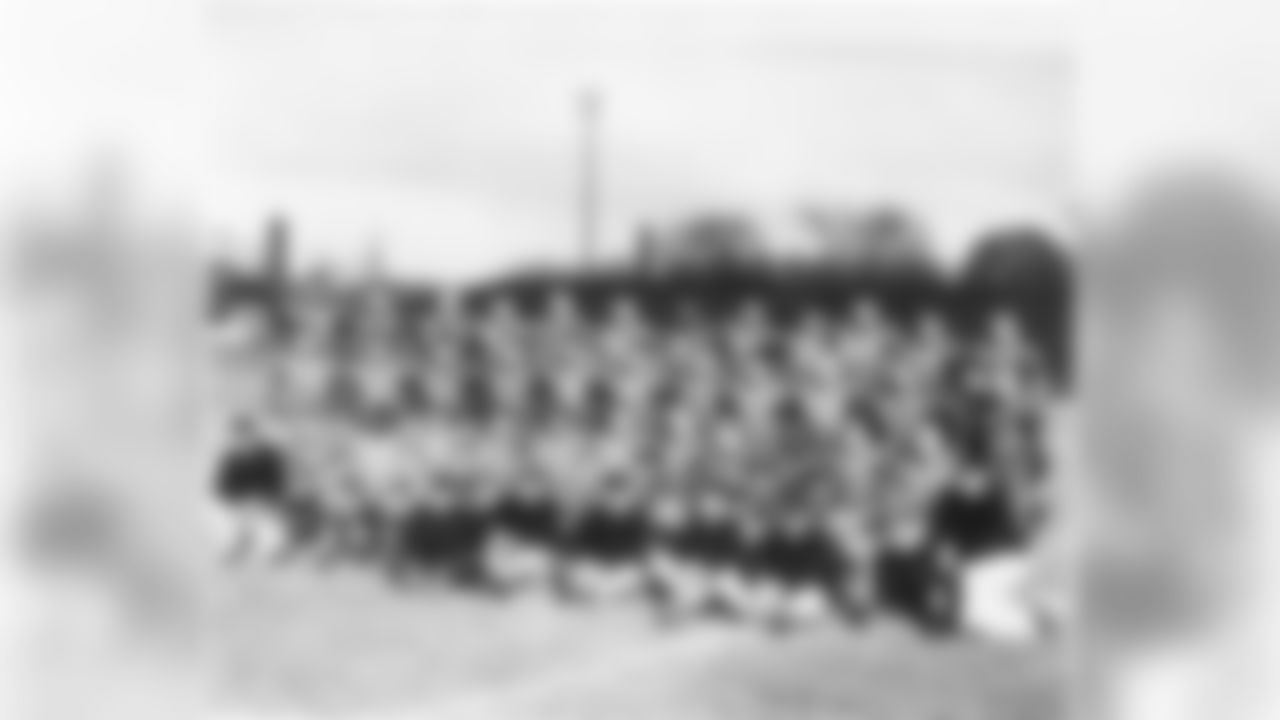











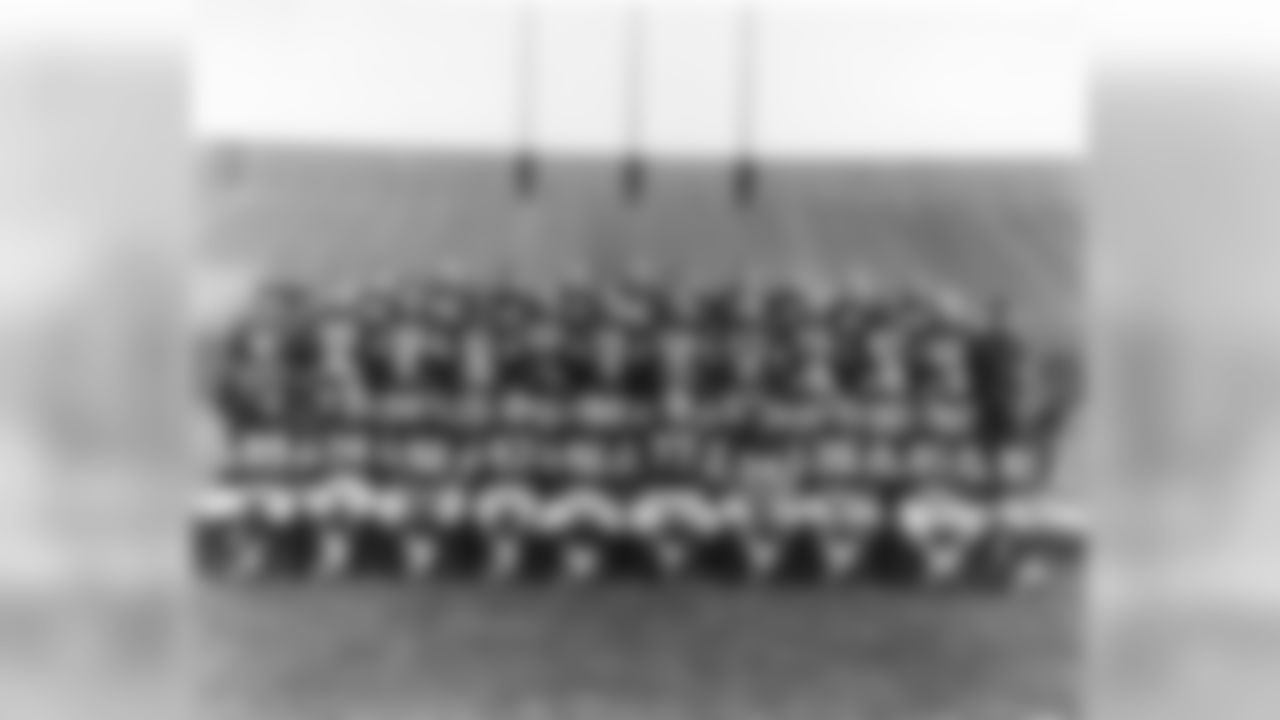







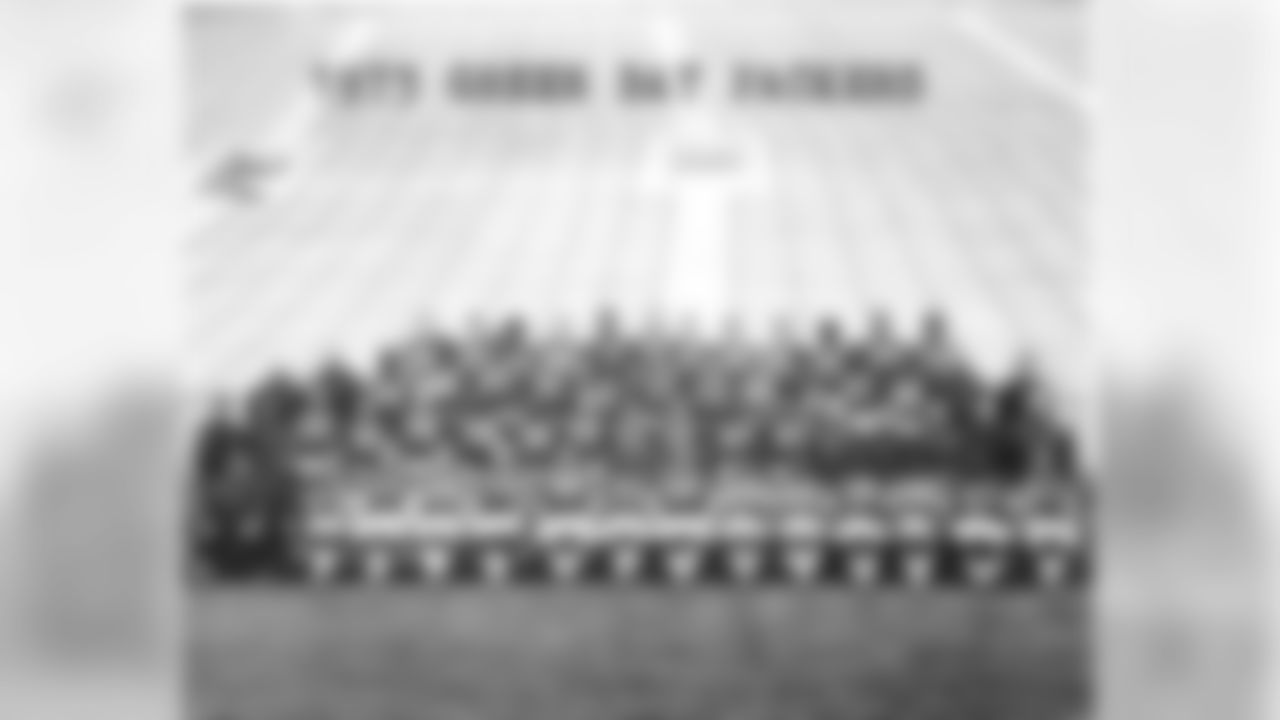








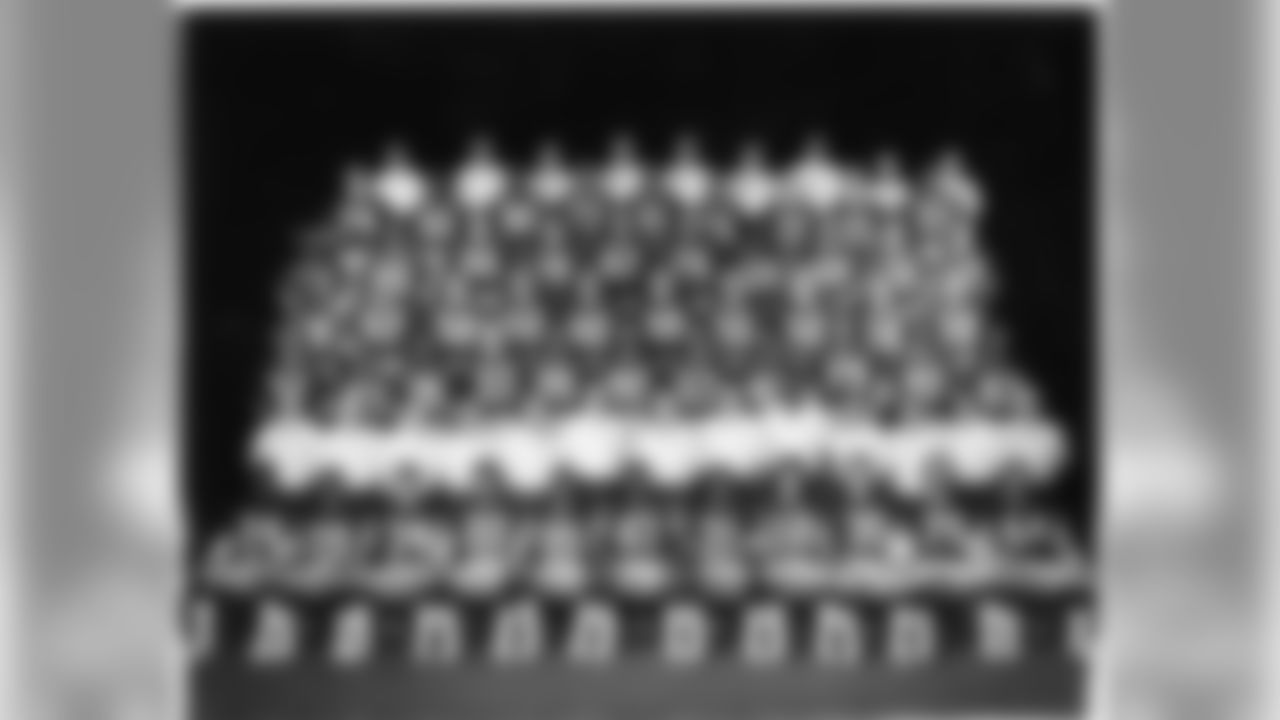


















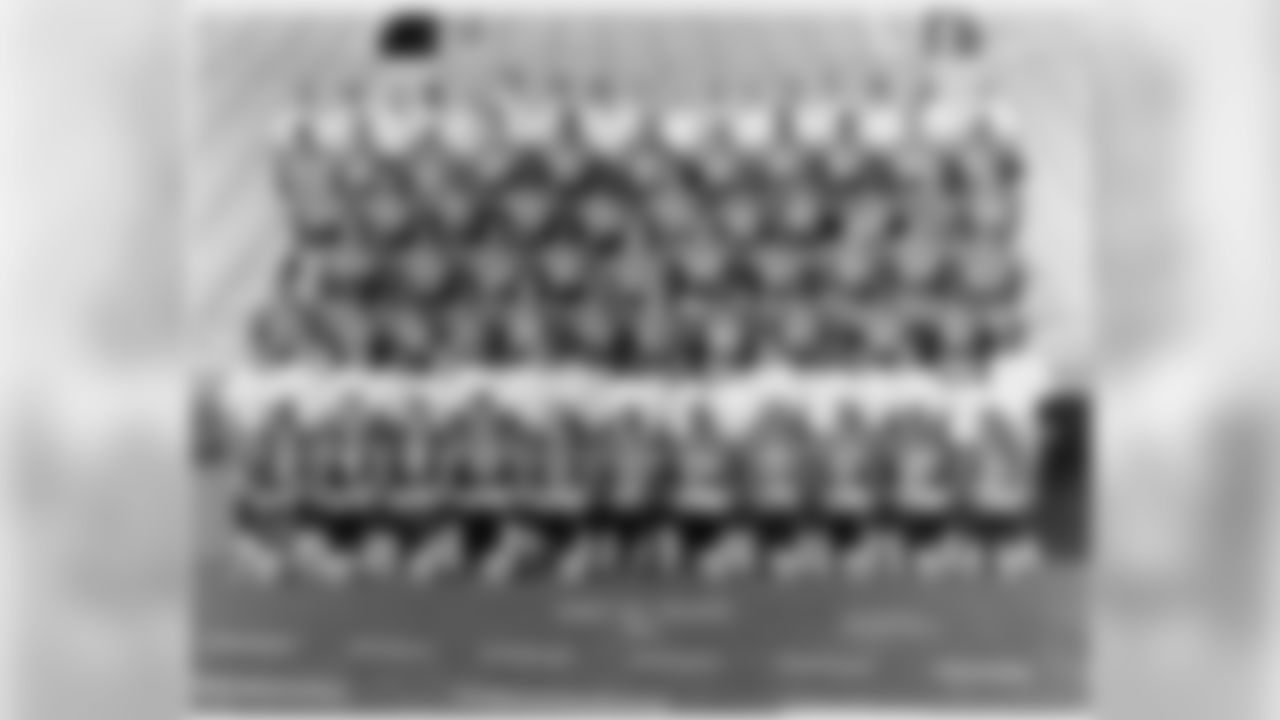









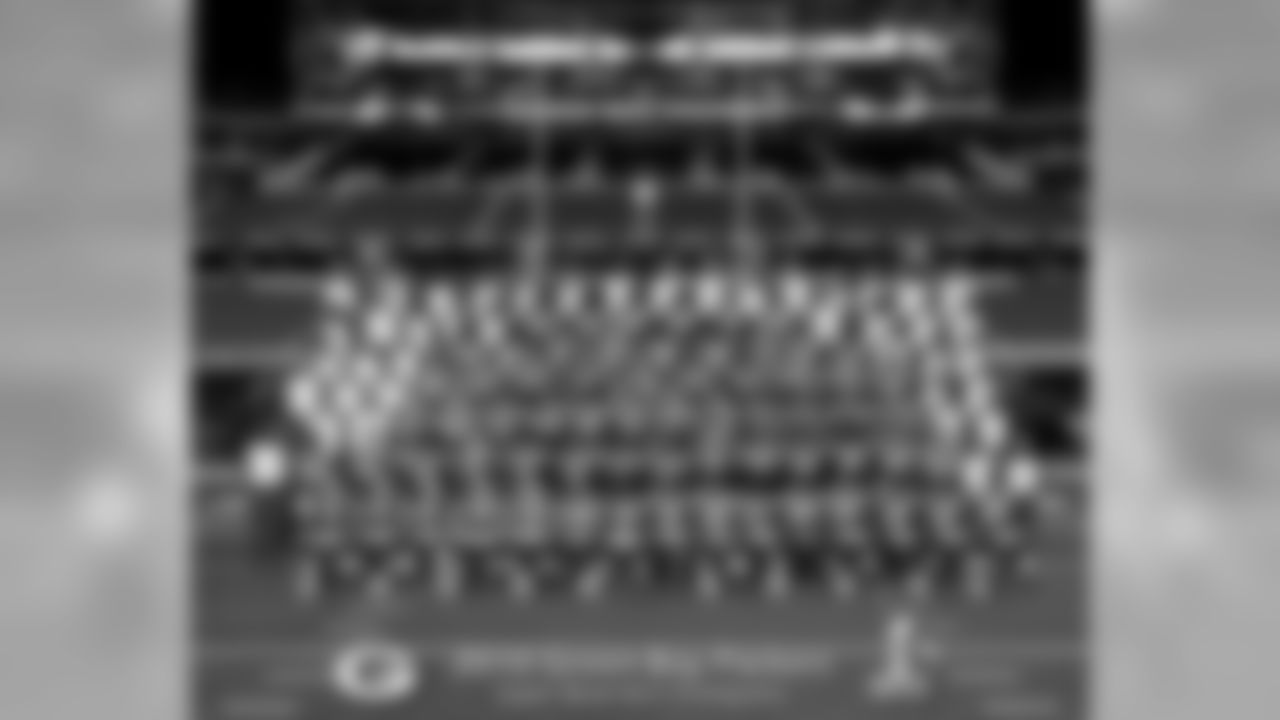




Generally, the story goes something like this.
Local high school star Curly Lambeau, after playing a season at the University of Notre Dame before tonsillitis cut short his stay, suddenly got the itch to play again in early August 1919 and decided to form his own team. He broached the subject with Calhoun, sports editor of the Press-Gazette, during a chance encounter at a downtown street corner, and out of the blue also asked Frank Peck, his boss at Indian Packing, to sponsor it. Within days, Calhoun published a notice in the Press-Gazette, listing a number of potential candidates for the team and inviting them to the Aug. 11 meeting. About 20 to 25 players showed up and the groundwork was laid for the start of the Packers. If not then, soon after, Lambeau and Calhoun were credited with being cofounders.
The problem with that story is much of it can be disproved.
1) Calhoun wasn't sports editor when the Packers were formed. He was the Press-Gazette's city editor.
2) The paper never even ran a short announcement in advance of the meeting, much less a story. And what made that all the more curious is that the Press-Gazette usually ran such notices when other leagues and teams were organized in its editorial office.
3) The Indian Packing team wasn't formed on the spur of the moment when Lambeau suddenly got the urge to play football in late summer. Val Schneider, who had replaced Calhoun as the Press-Gazette's sports columnist, wrote as early as April 1919 that discussions were already being held about forming a new, better-than-ever city football team. Over the next three months, Schneider alluded to this team-in-the-making three more times in his column.
4) The football team wasn't the first that Lambeau was involved with at Indian Packing. He was supposed to lead the Indian Packing baseball team in the City Industrial League in the summer of 1919, but plans fell through.
Other questions can be raised, as well?
1) Were there any players in attendance? Or was that first meeting limited to a small handful of organizers; again, as Names also suggested? In 1954, Jack Rudolph, Green Bay's foremost 20th-century historian and one of Calhoun's contemporaries at the Press-Gazette, wrote, "No roll call was taken at that meeting, so nobody is sure exactly who was there," although Rudolph went on to speculate many of the original players might have showed up.
2) Was the seed really planted with a street-corner conversation? It's certainly plausible. That's how people often communicated back then. Only 35 percent of households in the United States had telephones in 1920. But John Torinus, who served his apprenticeship in the newspaper business under Calhoun and later a longtime member of the Packers' executive committee, was the one who shot down the proposition. Torinus wrote in his 1985 book, "The Packer Legend: An Inside Look," that Calhoun and Lambeau met over a glass of beer. Then again, several other Calhoun colleagues, including Rudolph, stuck with the street-corner version, and Torinus admitted in his introduction that his book was more "a collection of recollections than a history."
Such confusion was not uncommon once writers started reaching for answers decades later to satisfy the curiosity of Packers fans and others seeking information about the team's origins. For example, in 1947, a young Lee Remmel interviewed Calhoun – they were working together at the Press-Gazette at the time – and wrote that the first meeting was held at the bowling alley in Hagemeister Park.
In 1963, less than a month before Calhoun's death, Remmel, a stickler for accuracy and future Packers historian, wrote another story in which he quoted Calhoun as saying he was returning to the old Press-Gazette building on Cherry Street (pictured above) from the Baltimore Dairy Lunch when the street-corner encounter occurred. Calhoun said that was when "I bumped into the Belgian," meaning Lambeau. But Calhoun's story doesn't hold up to scrutiny. The Baltimore Dairy Lunch didn't open its doors until February 1920.
The Packers' story is the greatest in sports and needs no embellishment. We know the Packers' birth date from the one sentence in the Aug. 13 Press-Gazette. Based on research guidelines and the merit of a primary source compared to an out-of-the-blue secondary source, we can be all but certain of the location, as well.
We also know that at a second meeting, held Aug. 14 at the Press-Gazette and covered in more detail by the paper, Lambeau was elected captain of a team exclusively referred to as the Packers for the first time, Calhoun was named manager after serving in that same capacity with the 1918 city team and close to 25 players were in attendance.
If there's a void there and some mystery to the rest of the story, so be it. And if we know only skimpy details of the very beginning because nobody in their wildest dreams could have imagined what they were creating and never thought to keep notes, it makes the story all the better.
Better yet, we're all eyewitnesses to the nearly incomprehensible outcome of it all.

For more of Cliff Christl's historical perspectives, click here.






